Monty Don's top tips for planting new potatoes – give his method a go this weekend
For home-grown food for your table sooner, follow Monty Don’s advice on planting new potatoes
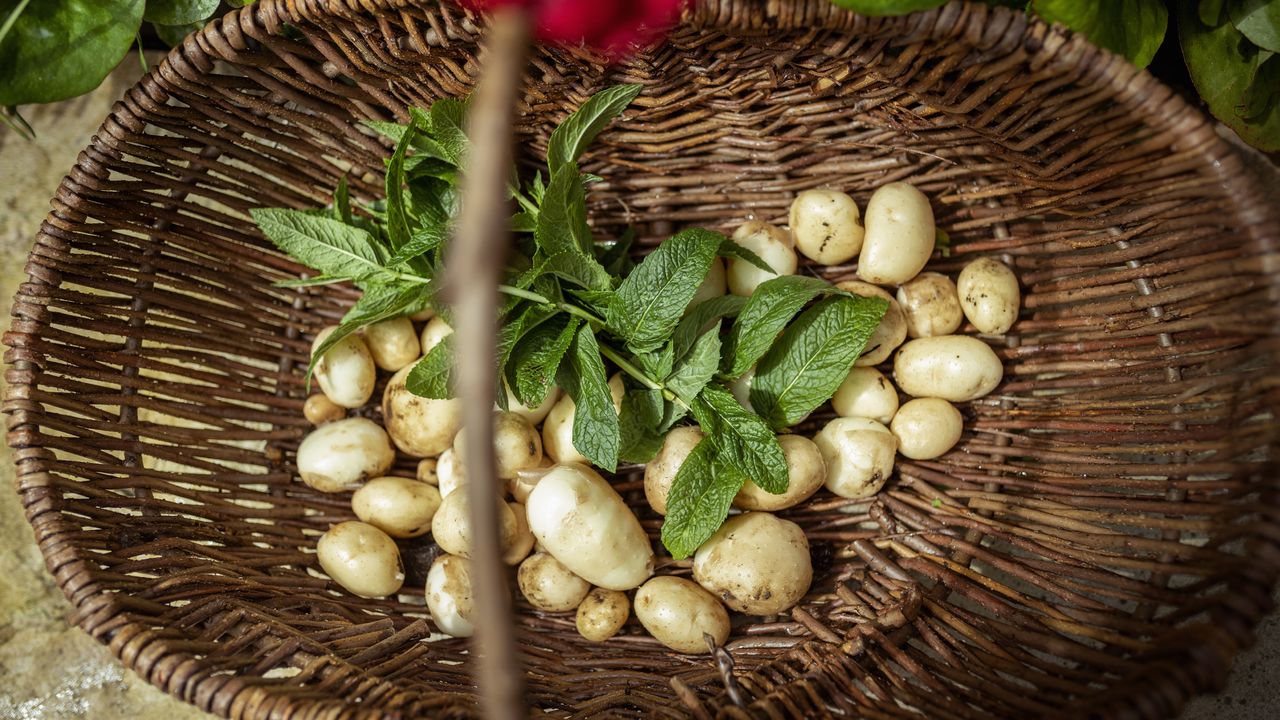

Who doesn’t love food fresh from the garden? Growing your own has become an even more popular pastime than it was before over the course of the last year, and whether you’re already a fan, or like the idea of starting now, this month is an opportunity for planting new potatoes.
As celebrated gardener, author and broadcaster Monty Don recently reminded us, you needn’t hurry to plant what are called maincrop potatoes right away, but if you put in earlies this month, it means you’ll have a delicious ingredient for your meals that much more quickly.
Just read on for Monty’s advice on what to do if you like the idea of planting new potatoes now. And if you’re after a complete guide on how to grow potatoes, take a look at our special feature.
Monty Don’s top tips on planting new potatoes
Monty Don revealed his advice on planting new potatoes on his website, and we’re sharing his expertise along with our own below.
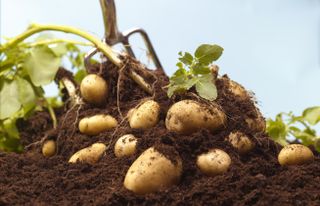
1. Let’s get a tad technical just for a moment for the benefit of potato-planting newbies. Maincrop potatoes are the ones you’ll want for roasting, mashing and baking. These require the longest time before you can harvest them.
Earlies can be first or second earlies with, as you might expect, first earlies ready to eat, er, first. But both types are new potatoes and a fabulously tasty addition to any plate.
2. It’s the first earlies that Monty has revealed he’s putting in this month, and these will be ready to harvest in around 10 weeks, but you could also think about second earlies, which can be planted in early to mid April. You’ll need to wait just a bit longer with these – they can be harvested in around 13 weeks from planting.
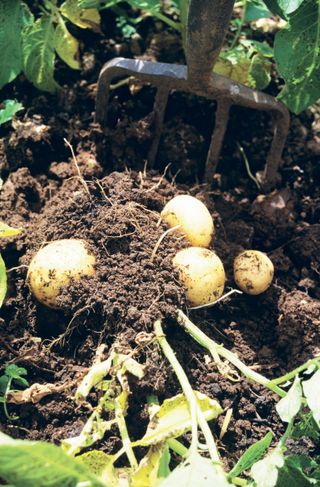
3. Monty recommends a V-shaped trench that’s around 15 to 23cm deep and a space of 30cm between the seed potatoes. He then backfills the trench he’s dug to create a ridge of soil along it.
4. Make sure you enrich the soil in which you’re going to grow potatoes, Monty advises. You’ll need well-rotted manure or compost for this job. Find out how to compost in our guide.
5. The other number to have in mind? There should be at least 90cm between the rows, Monty advises. This, he explains, is to allow for earthing up. In other words, so you can mound soil around the leafy shoots when they’re around 23cm tall, just leaving a few centimetres exposed. Monty says this will protect them from late frost, and it will also mean the potatoes aren’t exposed to light as they develop which makes them green and poisonous to eat.
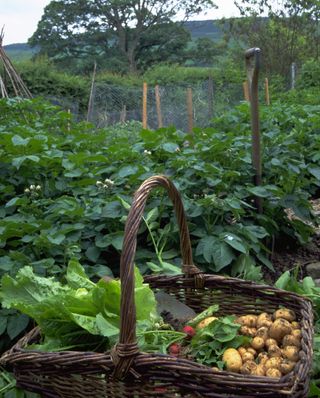
6. You could make your life a little easier by following Monty’s example and growing new potatoes in raised garden beds, if you like. Small garden or want to avoid a glut? How about growing them in a deep container, or a large bag instead? All you’ll need is the smallest of outdoor areas, and this could even be a balcony. There's more advice on growing vegetables in pots in our guide.
You’ll just need to fill the container with compost to a depth of 10cm, then put three or five chitted – or sprouted – seed potatoes on the surface and cover them with another 10cm of compost. As the stems grow, add more compost, earthing them up every two weeks or so until the container or bag is full.
There's more inspiration for growing veg in compact spaces in our small vegetable garden ideas.

Sarah is a freelance journalist and editor writing for websites, national newspapers, and magazines. She’s spent most of her journalistic career specialising in homes and gardens and loves investigating the benefits, costs and practicalities of home improvement. It's no big surprise that she likes to put what she writes about into practice, and is a serial house revamper.
-
 An Update on Gardeningetc
An Update on GardeningetcA word from our publisher
By Beth Murton Published
-
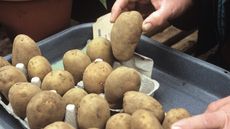 Do you need to chit potatoes? Find out what the experts say
Do you need to chit potatoes? Find out what the experts sayGrow Your Own Learn how to chit potatoes before planting them in the ground and you’ll be on your way to getting an earlier and bigger harvest
By Drew Swainston Published
